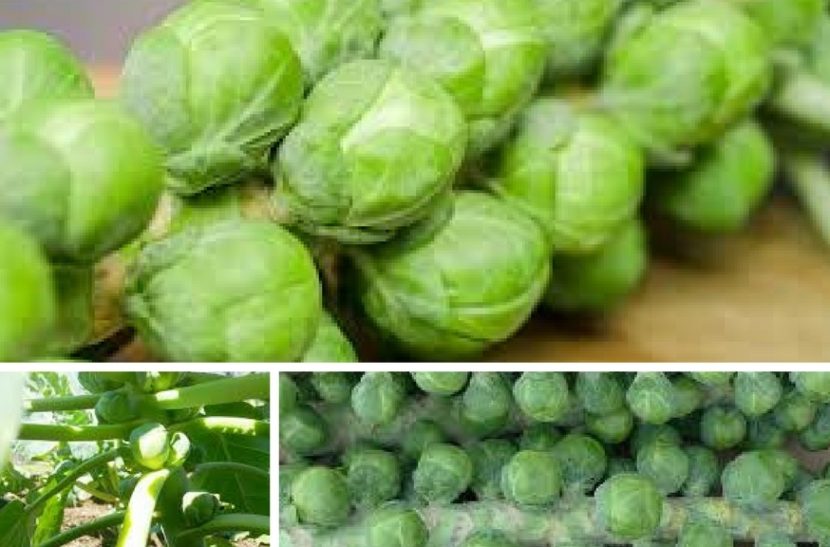Brassica oleracea
Cultivation
Cultivate from seedlings with root clod.
Distance between plants
At least 50 cm (20 in) between rows and at least 50 cm (20 in) between plants. You can plant bush beans or peas in the space in between.
Location
Sunny.
Amount
Two to three plants per person.
Time of planting
From April to mid-June for seedlings. Transplant overwinter sorts in mid-June at the latest. Seeds germinate in 10 days.
Fertilization
It needs a lot of nutrients. Fertilize with barn manure or home compost. Additionally, water with comfrey or nettle brew and use organic mulch. Be careful about the lack of boron.
Watering
It is not needed, except for transplanting in drought.
Brussels sprout’s good neighbors
Beans, peas, spinach, Swiss chard, broad beans, chickpea, lentils, celery, potato, Indian cress, dill, chamomile, sage, peppermint.
Brussels sprout’s bad neighbors
Onions, tomato, strawberries.
Diseases and pests
It is quite resistant; be careful about butterfly caterpillars and flea beetles.
Brussels sprout’s storage
Pick regularly, before the sprouts open (but even the open ones are edible). Store in the fridge, unwashed, for a few days. Even when frozen, Brussels sprouts keep their characteristics for a long time. Blanch shortly and put in cold water before freezing.
Food
The sprouts can be eaten raw, but usually cooked. To keep as much beneficial substances in, cook as shortly as possible in a little water or steam. Use sprouts, as well as the plant’s tips for soups and sauces.
Important
Cut off the leaves only if you want to accelerate the ripening of sprouts. The leaves are needed otherwise for protection against cold. In fall, cut off the plant’s top to accelerate ripening. The plant can survive winter, if you don’t exaggerate with nitrogen fertilizers. It’s good to lay the plants on the ground for snow to cover them.
Miscellaneous
It is different than Savoy cabbage. It contains the majority of beneficial substances as cabbage and can survive lower temperatures.

